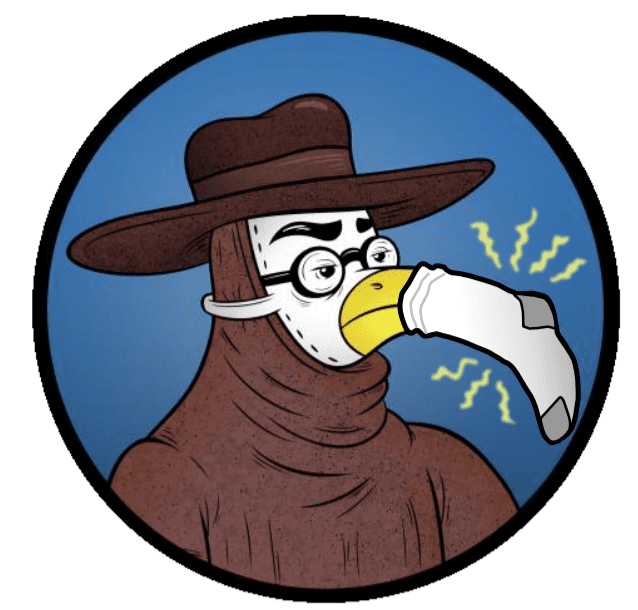CHICAGO, IL—As coronavirus counts rise, local hospitals face shortages of personal protective equipment (PPE). With any remaining viable PPE hoarded in the homes of worried-well patients, administrations have been forced to take innovative approaches to protect their frontlines.
Illinois Associates hospital administrator Dr. Ben Stricklund offers his institution’s perspective.
“We appreciate the CDC liberalizing their recommendations to include scarves and bandanas, but these fabric items are not enough to get us through this crisis,” Stricklund reports. “We needed something even more common. That’s how we first thought to include socks as PPE.”
Their unique PPE, coined the “nasal sleeve,” is a sock affixed over the nasal bridge with tape. This yet unseen level of ingenuity has admittedly many defensible strengths. ENT colleague Dr. Ray Sullivan explains, “When it comes to droplet spread of coronavirus, the mouth is such a gaping, vulnerable orifice. So much effort has been wasted trying to protect the mouth when we should encourage everyone to keep it closed, and breathe exclusively through the nose. The nasal passage is already designed to trap particulate matter. We are simply adding another layer to make this method of inhalation extra safe.”
Furthermore, a dirtied sock is the first method of PPE which is not only protective, but also potentially diagnostic. “We intentionally encourage use of recently soiled socks with a strong, foul odor. This not only keeps our staff safe but effectively and regularly tests the first cranial nerve.” For this reason, Illinois Associates and its affiliate centers have announced the used sock is the preferred method of PPE at their sites. Since implementing this policy, already 27 ICU nurses and 10 physicians have come forward with anosmia, suggestive of early coronavirus infection. “It just speaks to how effective our new PPE is in multiple ways that the number of cases we have detected amongst our staff is exponentially increasing. This helps our system cut down expenses from legitimate testing methods for our employees.”
While the nasal sleeve is outwardly the perfect solution to our PPE shortage, Stricklund admits that it was not the first garment they had considered. Earlier prototypes of their novel PPE featured the brassiere. “We found a B cup from an underwired bra made a convincing seal on the average face.” However, administrators worried this would discriminate against male healthcare workers who do not have access to bras. “Our frontline staff work 14 hours, 6 days a week, and we recognize that many male colleagues may not have enough time or game to access brassiere-based PPE options, particularly under current social distancing recommendations. Simplifying with a gender-neutral garment was our ideal solution.”
“Overall, we hope that other hospitals can more quickly arrive at similar conclusions and adopt our novel methods,” Sticklund concluded.
Look for more exclusive Gomerblog coverage of multiple Illinois Associates site closures, anticipated later this week.







